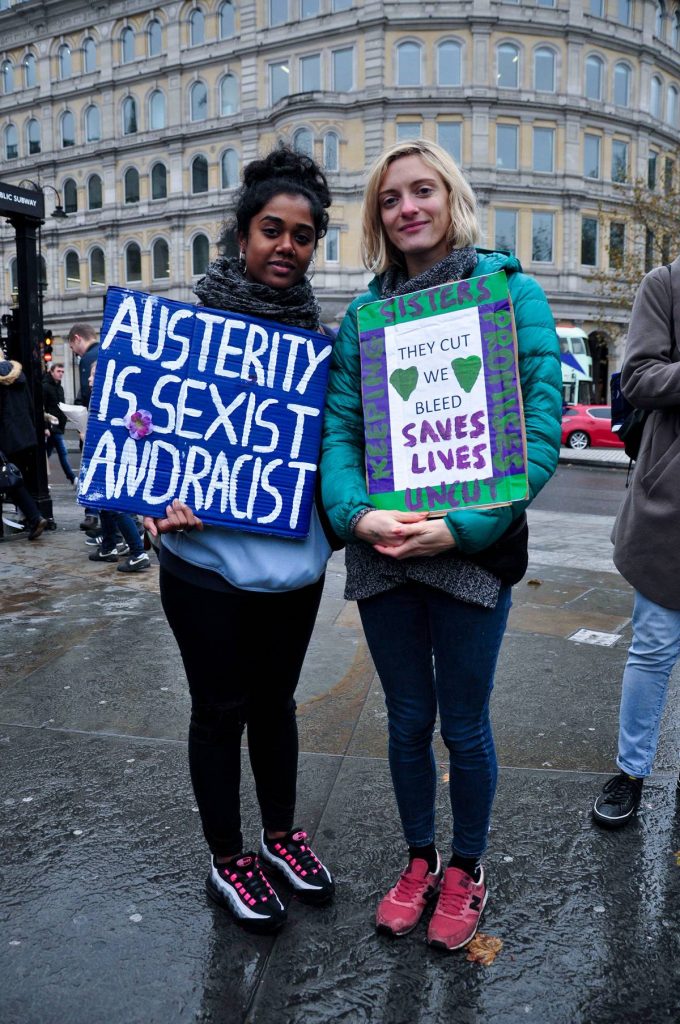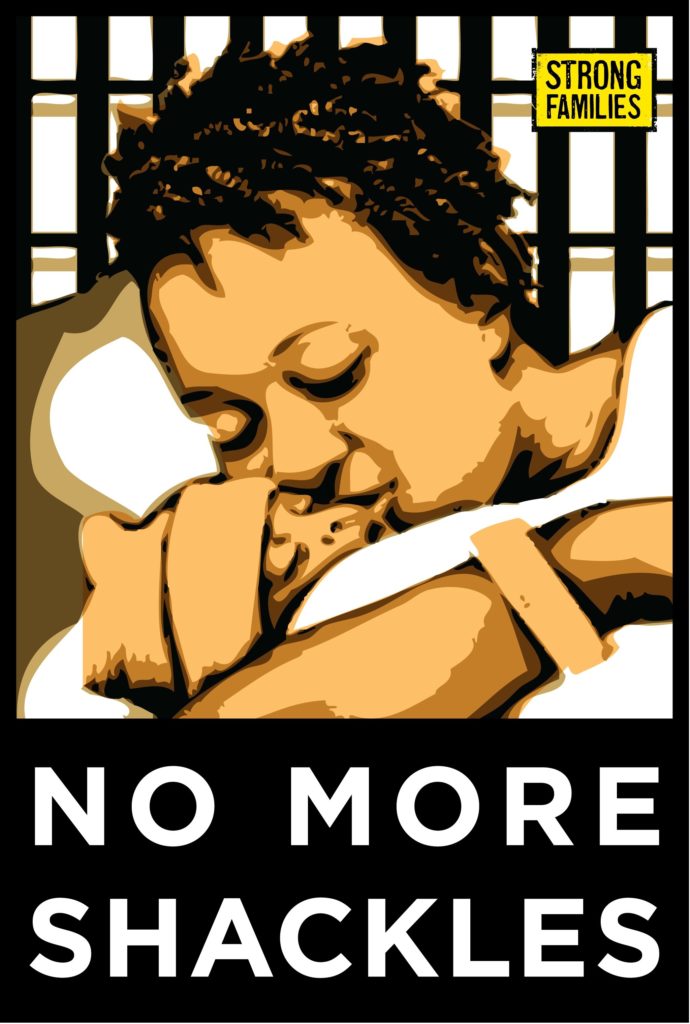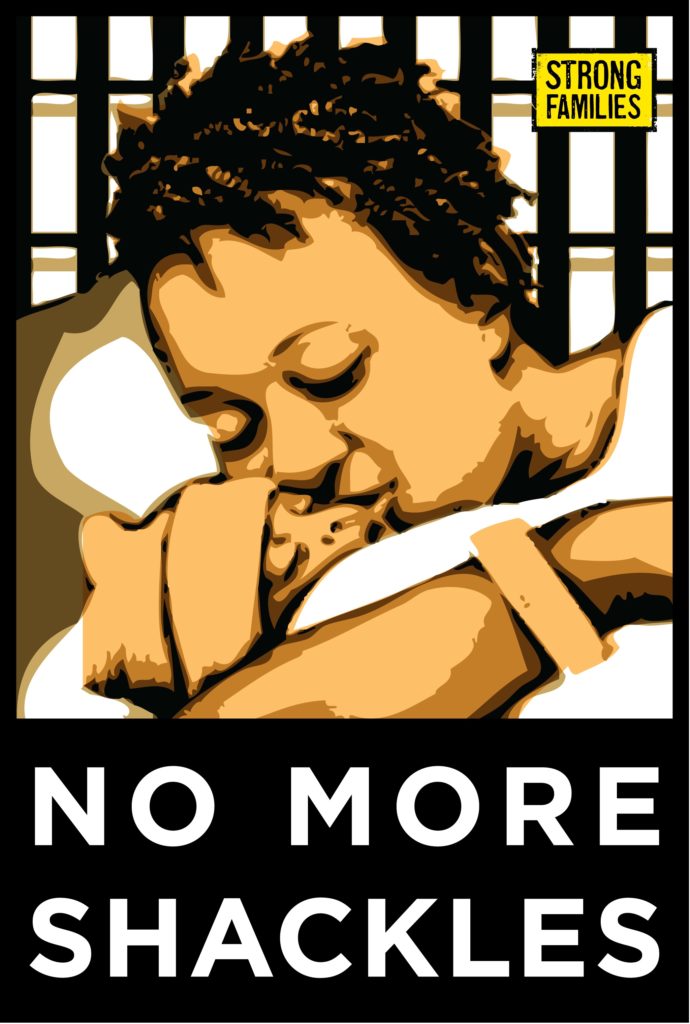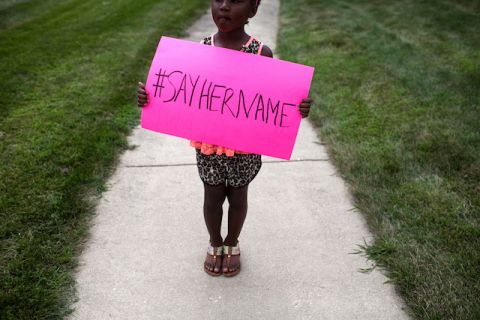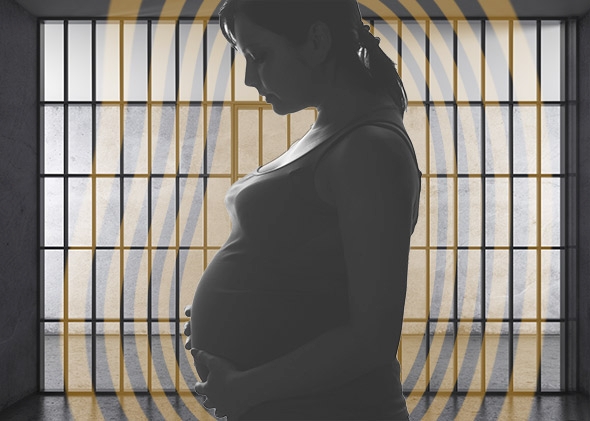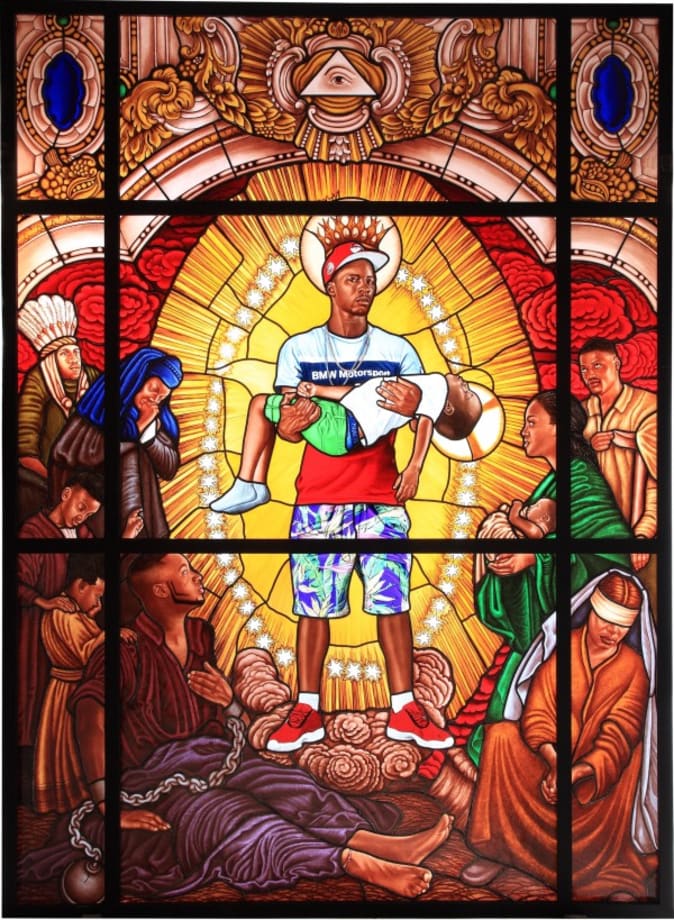
Tennessee: Walking in Nashville and the Illusion of Decorum
Justin Jones, Justin Pearson and Gloria Johnson
Where will you be in 3 years 5 months And 2 days of this life?
Save us from the illusion of decorum
And the tired fear filled old men
Who want to take us back to the thrilling days of yesteryear
When we were all “Crimson and Clover” and “Chantilly Lace” and “Hi ho Silver, away”
When dance proctors at sock hops separated the dancers
By putting rulers between the boys who wore blue and girls who wore pink
And women weren’t supposed to have orgasms, either
Where post sex Coca-Cola douching supposedly prevented pregnancy
And they didn’t know that there were more than just two sexes
Or, that the world was about to dramatically change for everyone
Go walking in Nashville
In a time before Al Green had screamed
Either like his lover had just deeply satisfied him
Or, had just thrown hot grits on him in a bathtub
Before he was reverend Green who was glad to meet you when you didn’t have a prayer
Well, do we have a prayer in Nashville?
I saw the ghost of Jim Crow walk on MLK Blvd.
Walk up to the gates of the state house where he was greeted with regard
Now security definitely saw him
A walking corpse exhumed
That ugly zombie being
That Killed Martin Luther King
When America wouldn’t make room
Now I’m marching in Nashville
Forget history then repeat it ; amnesia is a little death
And be careful Obama babies because your struggles are just beginning
If you weren’t there; then you don’t remember;
And if you don’t remember; then, this is new to you.
Pay attention.
I’ll take you to another time,
A different name but the same place
The place is Charlotte Avenue
That MLk’s name has replaced
50 years after his death but only 5 years ago
And now America wants to Arrest its Development.
Old tired fearful men afraid of being replaced like street signs
And who don’t realize that the world is about to dramatically change for everyone.
(By Heidi Lindemann and Michael Perry)
(Image Credit: Kehinde Wiley, Mary, Comforter of the Afflicted II, 2016 / Art Basel)
